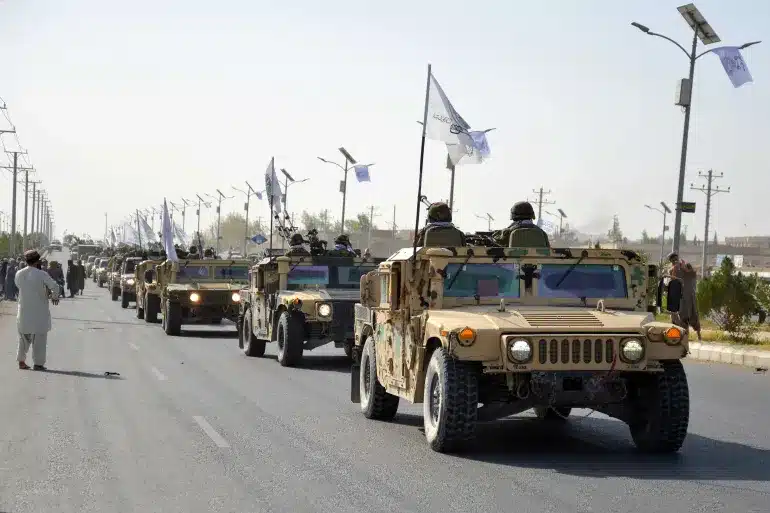Elon Musk must think it is hilarious that he has been tasked by Donald Trump to head up a new “Department of Government Efficiency”, which bears the acronym of “DOGE”.
Musk, who bought Twitter and changed its name to “X”, once temporarily replaced the familiar Twitter icon of a blue bird with the dog logo of Dogecoin, a cryptocurrency that started as a joke and seems to greatly amuse Musk.
The Dogecoin logo is based on a dog meme based on a photo of a Shina Inus (or Shibes), a dog breed from Japan. The cryptocurrency’s name is based on an episode of a puppet show video on YouTube from “Homestar Runner” in which one of the characters misspells dog “d-o-g-e”.
In an article about the DOGE, which Trump tasked Musk to run along with Vivek Ramaswamy, the New York Times criticizes the latter’s suggestion that one easy way to achieve a major cut in government spending would be to fire 75 percent of federal employees. Showing a chart of the data, the Times shoots back that the proportion of the US population working for the federal government is “lower now than when President Reagan was in office.”
Therefore, the Times argues, “overstaffing should not be the first thing on the agenda” of the DOGE.
“If anything,” the Times continues, “the problem may more often be understaffing in key positions: The federal government doesn’t have the people it needs to adequately monitor and vet its enormous streams of payments to defense contractors, hospitals and individuals.”
read more…













